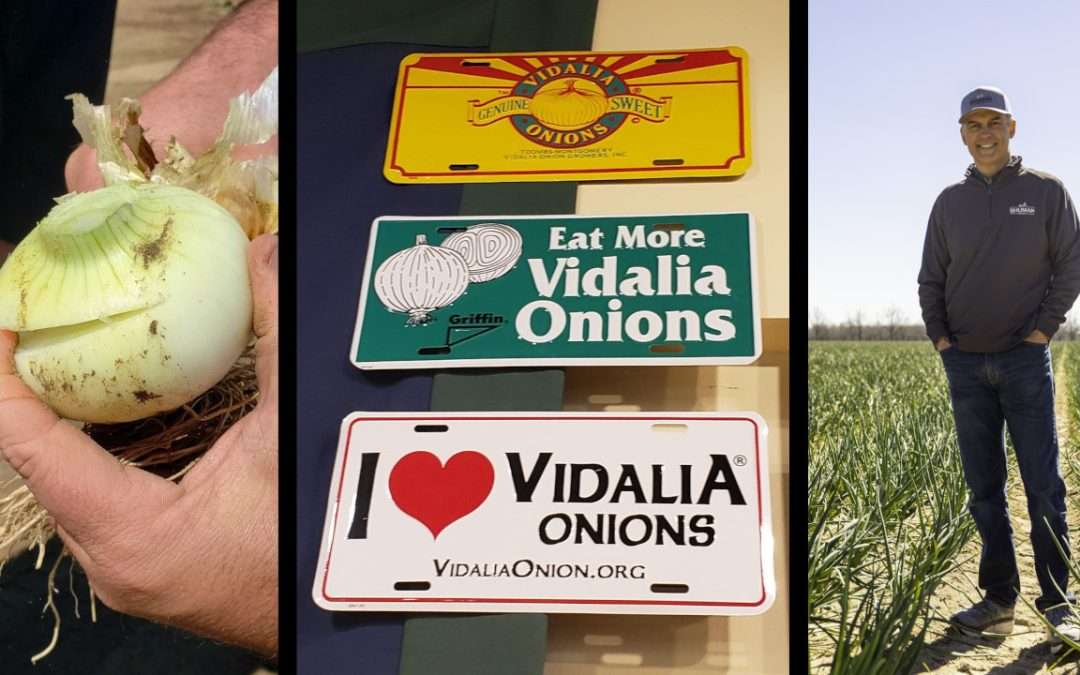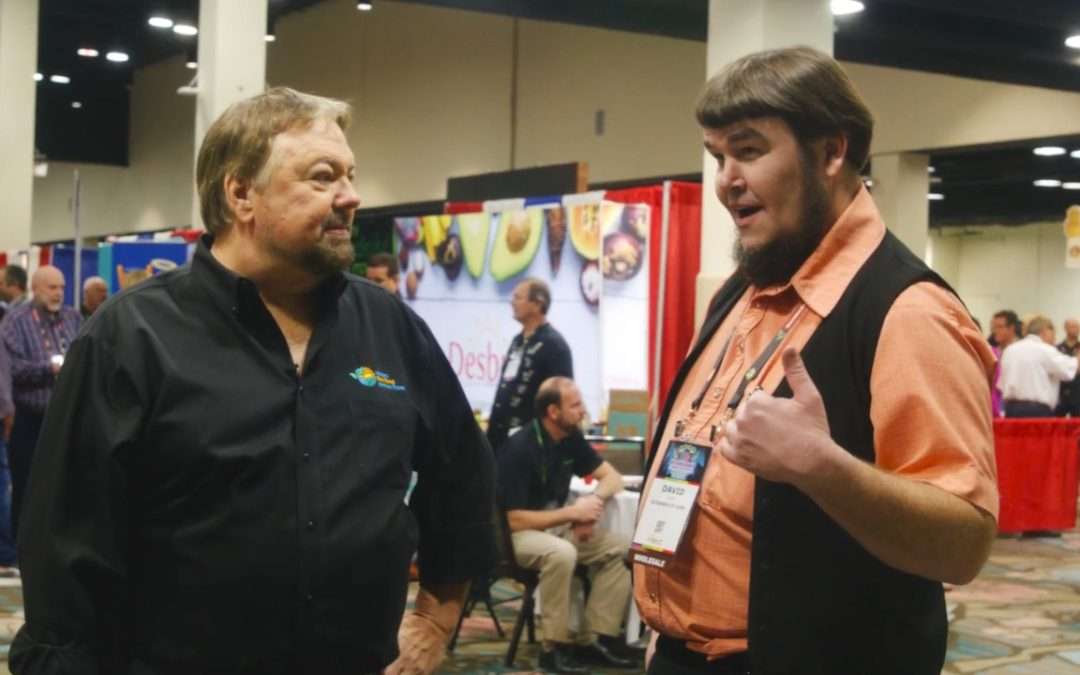WELCOME TO THE SHOW!
We’re most often out in a field with our noses in the dirt. But you’ll also find us in lab coats and restaurants and packinghouses, Congressional and State offices, college and industry research facilities – anywhere there’s a story to be told about food and farming.
FEATURED EPISODE
Sweet Vidalia Reboot, Part 1
In the 1930s, a farmer in Vidalia had a contract to deliver some regular onions to the local Piggly Wiggly. There was a late freeze that took out his crop. No more seedlings were available locally. Finally, he resorted to having a train car load of onion plants from Texas. They arrived right on time — but when the crop came up, the onions weren't hot... they were sweet! Nobody was happy about it... at first. The farmer thought he was ruined. The Piggly Wiggly manager decided to give 'em a try anyway.

Catch full episodes of Where The Food Comes From on our YouTube Channel, every Friday at 10:00 p.m. and Saturday at 1:30 a.m. EST on the RFD-TV Network and on demand on RFD-TV Now and Cowboy Channel+!












